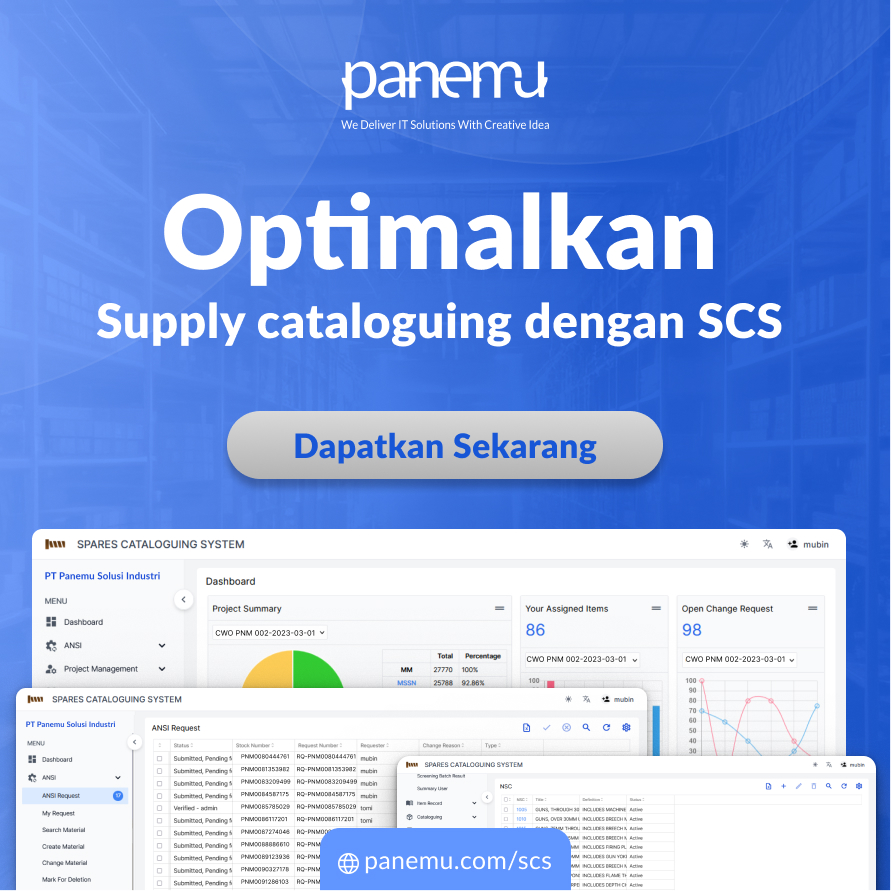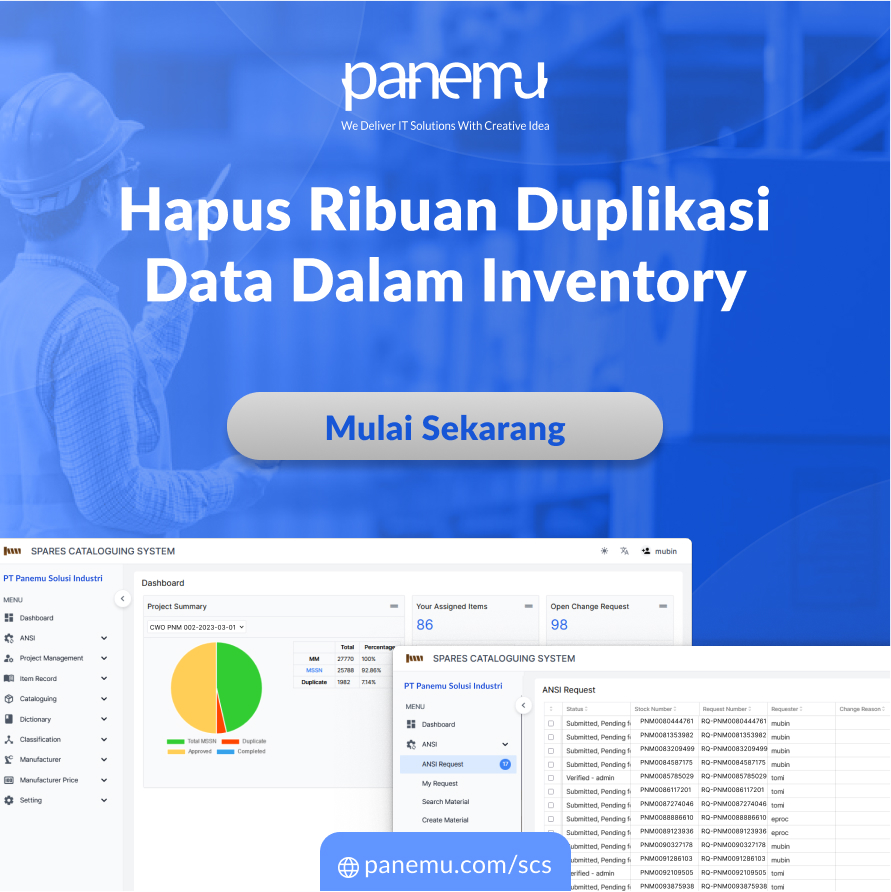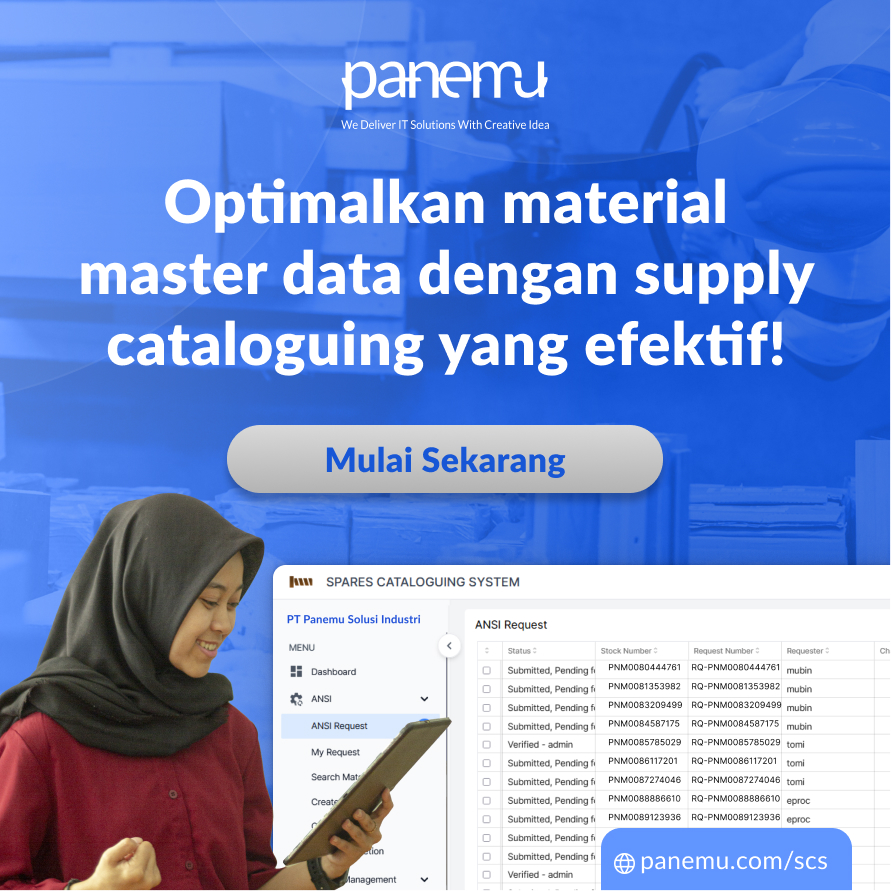In the industrial and operational landscape, where efficiency is currency and data is power, a well-structured Asset Register acts as the linchpin for sustainable operations, informed decision-making, and proactive maintenance. Imagine navigating an expansive factory floor, managing an oil platform, or administering a complex utility network without a comprehensive and accessible record of what you own, where it is, what condition it's in, and how it's being used. That is the chaotic reality in the absence of a proper Asset Register.
An Asset Register is not merely a list. It is a dynamic, intelligently curated inventory of physical assets that supports every function within Maintenance, Repair, and Operations (MRO). When constructed with precision and maintained rigorously, it becomes the nucleus for cross-functional synergy, from financial auditing and compliance to predictive maintenance and supply chain optimisation.
This article will explore the intricate framework of Asset Registers, uncovering their essential components, strategic importance, and how they integrate with broader MRO practices and systems. Through practical use cases and structured breakdowns, we will dissect what makes an Asset Register both a technical necessity and a strategic advantage.
What Is an Asset Register and Why It Matters
An Asset Register is a centralised repository that records detailed information about every tangible asset owned or controlled by an organisation. These assets could range from high-value industrial machinery and IT hardware to infrastructure components like piping systems, HVAC units, and even mobile tools and vehicles.
- Identification and Classification: Each asset is uniquely identified and categorised based on type, usage, criticality, and lifecycle stage. This categorisation aids in asset tracking, valuation, and prioritisation in maintenance planning.
- Location and Ownership: Information about where an asset is located and which department or individual is responsible for it ensures accountability and supports operational transparency.
- Asset Status and Condition: Tracking the operational state and physical condition of assets helps preempt failures and plan timely interventions.
- Lifecycle History: From procurement to decommissioning, an asset's historical data supports decisions related to budgeting, replacement, and disposal.
Functional use case: In a power generation plant, turbines, transformers, and switchgear are logged in the Asset Register with metadata on their installation date, service history, current status, warranty details, and related spare parts. This enables the maintenance team to schedule condition-based servicing and identify patterns in component failure.
Core Components of a High-Quality Asset Register
The effectiveness of an Asset Register lies in the quality and granularity of its content. A robust register typically includes:
- Unique Asset Identification Number (UAIN): Avoids duplication and facilitates cross-referencing with maintenance, procurement, and financial systems.
- Descriptive Data: Including manufacturer, model number, capacity, serial number, and asset images.
- Functional Location Hierarchy: Linking each asset to its location within a structured framework (e.g., Plant > Section > Equipment).
- Maintenance History Logs: Capturing past interventions, parts replaced, technicians involved, and time-to-repair metrics.
- Compliance and Safety Tags: Regulatory certificates, inspection due dates, and hazard classifications.
- Depreciation and Valuation Data: Supports financial reporting, audits, and capital planning.
Functional use case: In a pharmaceutical facility, each bioreactor and centrifuge is tied to its functional location and maintenance history, enabling adherence to GMP (Good Manufacturing Practice) requirements and audit readiness.
The Role of Asset Registers in MRO Ecosystems
In the broader MRO framework, Asset Registers serve as the informational bedrock upon which all maintenance strategies are built.
- Preventive and Predictive Maintenance: Accurate asset records allow for scheduled maintenance activities and the application of data-driven predictive algorithms.
- Inventory Management: Knowing which parts correspond to which assets improves inventory control, reduces overstocking, and prevents downtime due to missing components.
- Budget Forecasting: Lifecycle data informs budget allocations, helping justify capital expenditure or operational adjustments.
- Failure Root Cause Analysis (RCA): A comprehensive register provides the historical context needed to trace recurrent issues to their origins.
Functional use case: In an automotive assembly plant, welding robots listed in the Asset Register can be linked to performance data and maintenance logs. If a series of weld defects occurs, engineers can trace issues back to specific units, review repair history, and plan a replacement or retrofit.
Strategies for Building and Maintaining an Effective Asset Register
Creating an Asset Register is not a one-time project; it’s a continuous process of refinement and expansion. Here are the foundational strategies:
- Standardised Data Templates: Using consistent data structures and mandatory fields ensures interoperability across systems.
- Tagging and Labelling: RFID, QR codes, or barcode tagging streamline asset identification and verification in the field.
- Integration with ERP and CMMS: Linking the Asset Register to Enterprise Resource Planning and Computerised Maintenance Management Systems enhances data consistency.
- Field Verification and Audits: Regular physical checks validate data accuracy and uncover undocumented changes.
- Role-Based Access and Data Governance: Ensures that only authorised personnel can modify critical data, reducing errors and security risks.
Functional use case: A mining operation employs handheld scanners with RFID readers for on-site validation of heavy equipment. Updates are synced directly with the centralised Asset Register in the CMMS, maintaining real-time accuracy.
Common Pitfalls and How to Avoid Them
Even well-intentioned organisations can stumble in managing their Asset Registers. Common challenges include:
- Incomplete Data Capture: Omitting key attributes like serial numbers or warranty periods compromises usability.
- Over-customisation: Creating overly complex classification schemes may reduce user engagement.
- Siloed Systems: When registers are isolated from maintenance or finance systems, data becomes fragmented.
- Lack of Ownership: Without clear roles, responsibility for updates and data integrity erodes over time.
Remediation strategy: Implement a cross-functional Asset Governance Team tasked with overseeing data standards, auditing processes, and continuous improvement initiatives.
Evolving the Asset Register for Modern Operational Realities
As operational landscapes become increasingly dynamic, the role of the Asset Register must evolve beyond traditional boundaries. Rather than anchoring its future solely to buzzwords like "Industry 4.0," it's more practical to examine the concrete shifts occurring in how organisations manage their assets today.
- Operational Interoperability: The modern Asset Register should serve as a bridge between departments, platforms, and roles. From procurement and engineering to compliance and sustainability, interoperability ensures that decisions are based on consistent and complete data.
- On-the-Ground Mobility: Today’s field personnel expect instant, mobile access to asset information. Whether through tablets, smartphones, or rugged handheld devices, the Asset Register must accommodate real-time data retrieval and entry.
- Condition-Based Responsiveness: While the term “predictive maintenance” is common, what matters is responsiveness—how fast the system can reflect changes in asset health and initiate corresponding workflows.
- Human-Centric Design: Interfaces should not just display data, but communicate meaning. Simplified views, visual alerts, and intuitive navigation increase adoption rates and reduce errors.
- Data Resilience and Continuity: A dependable Asset Register resists fragmentation. Cloud synchronisation, version control, and permission-based editing are essential for protecting data integrity over time.
Functional use case: A logistics company modernises its Asset Register to allow depot managers to instantly record vehicle condition via mobile app checklists. This data synchronises with central planning, enabling fast decisions on routing, load balancing, and repair scheduling without overhauling legacy systems. In a smart factory, each CNC machine reports temperature, vibration, and energy usage directly to the Asset Register system. An AI model analyses this data to predict failures and suggest optimal maintenance windows.
An Asset Register is much more than an administrative checklist—it is the operational DNA of any asset-intensive organisation. Its ability to deliver visibility, accountability, and predictive power makes it indispensable in achieving operational excellence. As industries continue their march toward digital integration and efficiency, the humble Asset Register transforms into a strategic pillar, enabling smarter, faster, and safer decisions across the board.
For organisations aiming to unlock the full potential of their physical infrastructure, embracing intelligent cataloguing and structured asset management is not optional—it’s imperative. At Panemu, we specialise in building high-quality, standards-based Asset Registers tailored to your operational realities. And for organisations seeking end-to-end control of their spare parts and asset data, our Smart Cataloguing System offers powerful features like structured classification, smart tagging, and intuitive interfaces that streamline asset governance at scale.
If you’re ready to take your asset intelligence to the next level, let us help you engineer the foundation. Because in the world of MRO, the best decisions begin with the clearest data.


